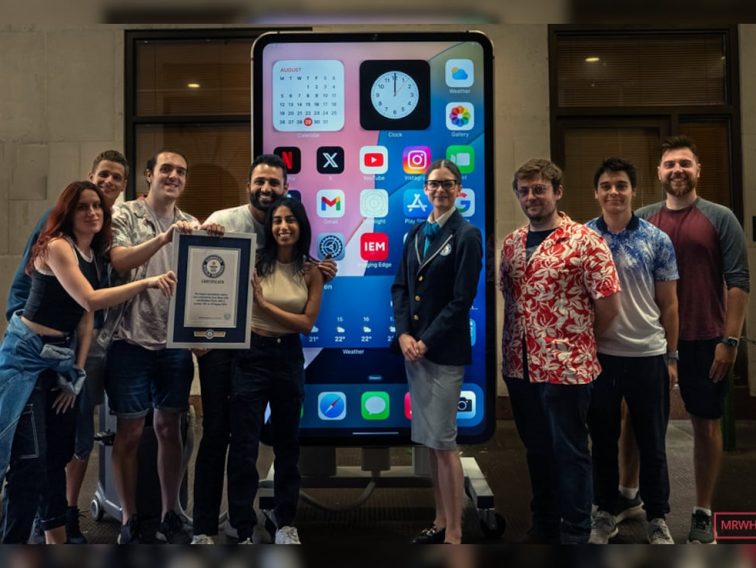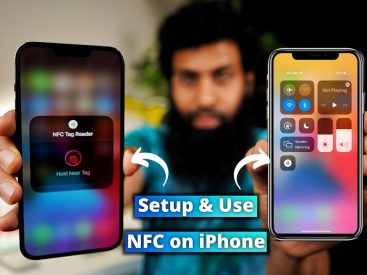Contents
Intro
When it comes to who builds iPhones, it’s a topic that sparks curiosity among many Apple enthusiasts. The iPhone, Apple’s flagship product, isn’t just a tech marvel; it’s also a product of intricate global manufacturing processes. So, let’s dive into the details of where these incredible devices are made and what that means for us as consumers! From the sleek design of the iPhone to the complex assembly lines, the craftsmanship is a journey worth exploring.
Manufacturing Locations of iPhones

Apple’s flagship product, the iPhone, is primarily designed in the United States. However, the real magic happens mainly in China, where a significant portion of assembly takes place. Why is China the key player here? It’s all about established supply chains and a skilled labor force. Many of us not like to think about the behind-the-scenes work that goes into making our favorite devices, but there’s a whole world of logistics involved!
In addition to China, Apple has started diversifying its manufacturing base by working with countries like India and Brazil. This shift helps reduce reliance on a single country. I mean, who wouldn’t want a backup plan, right? People are often surprised to learn that the iPhone you own may have components sourced from all over the globe, reflecting a complicated yet compelling production network.
Swift Breakdown of Manufacturing Countries
– China: Primary assembly and manufacturing location.
– India: Apple is ramping up production here, especially for models like the iPhone SE.
– Brazil: Local assembly operations to meet demand in South America.
This diversified strategy not only ensures a steady supply of iPhones but also supports global economies. It’s like a well-oiled machine with various parts, all working together!
Manufacturing Process

Once we understand where iPhones are produced, let’s discuss how they’re made. The manufacturing process involves multiple steps that can be both fascinating and complex. Initially, Apple designs the iPhone in California. Then, parts are sent to factories, mostly in China, where companies like Foxconn and Pegatron do the heavy lifting. Ever heard of factory lines? It’s where skilled workers meticulously assemble iPhones piece by piece. It’s a blend of human expertise and automation that ensures each iPhone meets high-quality standards.
One of the critical aspects of this process is the supply chain logistics. Apple has built a robust network of component suppliers to provide the necessary parts for each device. From semiconductors to camera lenses, every part is crucial. For instance, Qualcomm provides processors, while Samsung supplies display panels. These partnerships allow Apple to maintain a competitive edge in the market.
The Assembly Line in Motion
1. Component Manufacturing: Parts are made and shipped to assembly plants.
2. Assembly: Workers put together the components.
3. Quality Check: Each iPhone undergoes rigorous testing before it’s shipped out.
4. Distribution: Finally, iPhones are sent to retail stores worldwide.
So, the next time your friend asks who builds iPhones, you can give them a detailed breakdown!
Key Innovations and Features

The iPhone, since its inception in 2007, has been a trailblazer in mobile technology. Apple has introduced features that eventually became standards in smartphones. Think of multi-touch gestures and a vibrant graphical user interface. These innovations not only made the iPhone user-friendly but also set the stage for the way all smartphones operate today.
Each new model brings something exciting to the table. For example, with the launch of the iPhone 13, Apple achieved major advancements in camera technology and battery life. It’s like they keep raising the bar every time! The blend of hardware and software in these devices is nothing short of brilliant. The iOS updates continue to enhance the capabilities of older models too, making them feel fresh even years after release.
Highlights of iPhone Innovations
– Touch ID and Face ID: Security features that make unlocking your phone super convenient.
– Camera Technology: Each iteration improves photography with better sensors and software.
– Augmented Reality: The latest iPhones offer AR experiences, changing how we interact with the world.
This innovative spirit drives consumer engagement and keeps fans excited about upcoming releases!
Software and Hardware Enhancements
Apple is well-known not just for hardware, but also for its software ecosystem. The iOS operating system is key to delivering a seamless experience across devices. Regular software updates mean that even older iPhones can run the latest apps, which is a huge plus! Personally, I find it impressive that I can still explore new apps and features on my older model.
Apart from software, hardware upgrades are notable too. With advancements in chip technology, every new iPhone becomes faster and more efficient. The A-series chips are nothing short of powerful, making complex tasks seem effortless.
Here are a few enhancements Apple has consistently introduced:
1. Improved Battery Life: Each new model aims to last longer on a single charge.
2. Display Technology: From Retina to Super Retina, the visual experience keeps improving.
3. Health Features: The integration of health tracking has made the iPhone a personal health companion.
The synergy between software and hardware creates a more integrated user experience, keeping Apple at the forefront of technology.
Conclusion
In summary, the journey of iPhones from concept to consumer is a fascinating tale of innovation, craftsmanship, and collaboration. Wouldn’t you agree that discussing who builds iPhones opens our eyes to the vast network of talent and technology involved? Feel free to share your thoughts or questions below! For more insights about the Apple world, visit us at iPhone7price.org. Your engagement really helps us build a community curious about all things Apple!



